The 15 Top Technology Executive Moves Of 2018 (So Far)
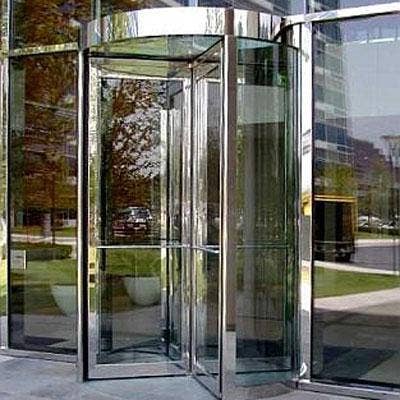
Top Leadership Shakeups Galore
We're halfway through 2018, and there has already been a good share of top executive shakeups at major technology vendors. That includes the sudden resignation of CEOs at Intel and Xerox, as well as the earlier-than-expected retirement of CenturyLink's CEO.
There were also big shakeups under the CEO level at companies including Cisco, VMware, Google Cloud, Microsoft and Dell Technologies. But not all of this year's most significant IT moves were departures; there were also major appointments made at Palo Alto Networks, Intel and Google.
Read on to see the key IT executive happenings so far in 2018.
(For more on the biggest news of 2018, check out "CRN's Tech Midyear In Review.")
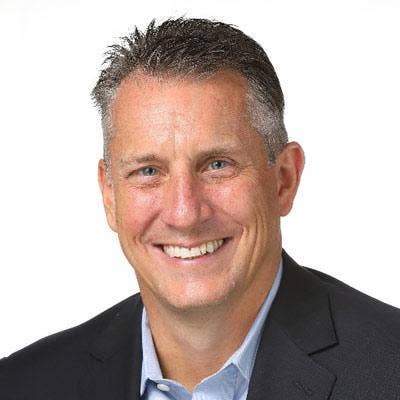
15. William Welch
Duo Security appointed William Welch, a veteran of HP and Oracle, as president and chief operating officer in June.
Welch was most recently COO of cloud-based network security company ZScaler, where he led the company's global sales and channel efforts. Prior to that, he was vice president and general manager for HP Software Americas and vice president of sales specialists in the Americas for Symantec.
Welch is among other a few other executive appointments made by Duo Security this year, including Chief Financial Officer Sydney Carey, Senior Vice President of People Steve McElfresh and Chief Marketing Officer Neville Letzerich.
14. Rowan Trollope
Cisco Systems executive Rowan Trollope left the company to become the CEO of Five9, a San Ramon, Calif.-based provider of cloud software for contact centers.
Trollope was the San Jose, Calif.-based company's senior vice president and general manager of applications and, until a few months ago, the head of Cisco's Internet of Things business. Replacing Trollope as leader of Cisco's collaboration division is Amy Chang, a Cisco board member whose startup, Accompany, Cisco had reached a deal to acquire for $270 million.
Trollope was one of Cisco's most-esteemed executives and is credited with guiding a major overhaul of its collaboration portfolio to a cloud model, which brought the division from losses to double-digit growth. He also led Cisco's IoT business until the end of March, when Liz Centoni, senior vice president and general manager of Cisco's Computing Systems Product Group, took over those duties.
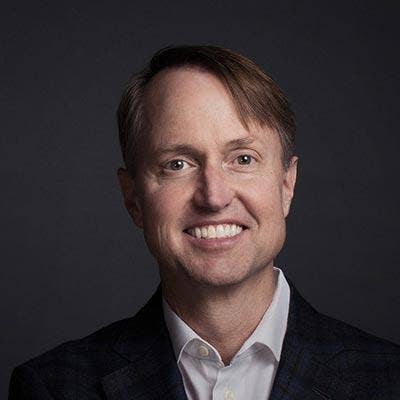
13. Greg Hughes
Data protection and data management software vendor Veritas appointed former Serena Software executive Greg Hughes as its new CEO in January, taking the reins from Bill Coleman.
Hughes served as Veritas' executive vice president of global services between 2003 and 2005, and after Symantec acquired Veritas served as Symantec's president of global services, including the Veritas business. He left the company in 2009 as chief strategy officer.
Coleman had been CEO at Veritas since the split with Symantec in 2015, when the security vendor sold Veritas to a group of outside investors, including The Carlyle Group, for $8 billion. He retained his seat on the Veritas board of directors and will join The Carlyle Group as an operating executive.
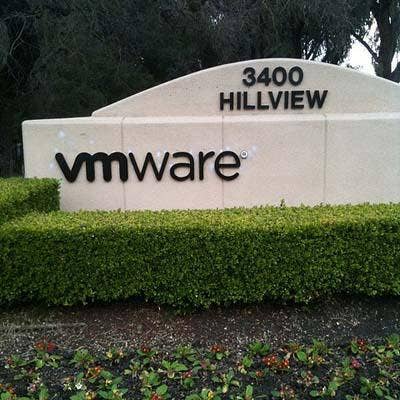
12. Jeff Jennings
Jeff Jennings, the leader of VMware's networking and security business unit, left the virtualization giant in February to become vice president, customer engineer, at Google Cloud.
Jennings' role was permanently filled in May by Tom Gillis, a former Cisco executive who joined VMware through the company's acquisition of Gillis' startup, Bracket Computing. Gillis was previously vice president and general manager of Cisco's Security Technology Group.
Jennings, who is now working under former VMware CEO Diane Greene, held several different executive roles during his 18-year tenure with the company, most recently serving as senior vice president and general manager of the networking and security unit, according to his LinkedIn profile.
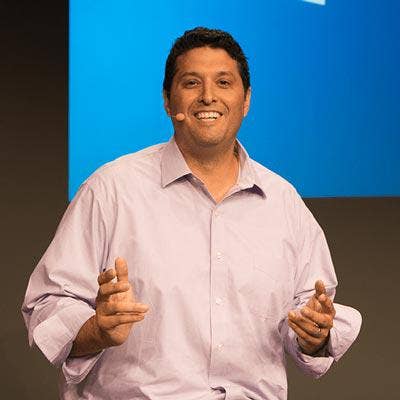
11. Terry Myerson
Terry Myerson departed Microsoft as executive vice president of the Windows and Devices Group as part of an executive shakeup announced in March.
As a 21-year veteran of Microsoft, Myerson had led the Windows group since 2013 and had "been instrumental in helping [CEO Satya Nadella] arrive at this new organizational structure," Nadella said in an email to employees explaining the shakeup.
Before joining Microsoft in 1997, Myerson had served as CEO of Interse for three years and prior to that was a software developer at North Carolina Supercomputing Center.
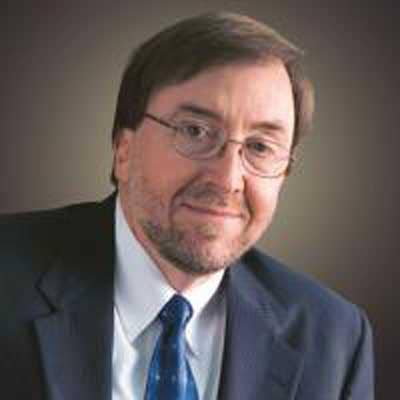
10. Glen Post
Glen Post, CenturyLink's longtime CEO, retired in May, eight months earlier than planned.
Jeff Storey, CenturyLink's president and chief operating officer, succeeded Post as CEO. Post was originally expected to take over as chairman of CenturyLink's board of directors, but instead the company opted to keep its current chairman, Harvey Perry. Post will continue to serve on the board.
Post's retirement was part of a series of leadership changes that have been made since last year as a result of CenturyLink's merger with Level 3 Communications.
9. Jim Keller
Intel hired AMD chip design veteran Jim Keller away from his post as Tesla's autopilot head to lead the semiconductor company's silicon engineering team.
Keller began as a senior vice president at the Santa Clara, Calif.-based company at the end of April. In a statement, he said he will help build "the future of CPUs, GPUs, accelerators and other products for the data-centric computing era" at Intel.
Keller has more than 20 years of experience in x86 and ARM-based microarchitecture design across PCs, servers, mobile devices and cars. He most recently served as vice president of autopilot and low-voltage hardware at electric car manufacturer Tesla. Before that, he served as corporate vice president and chief cores architect at AMD and as vice president of engineering and chief architect at P.A. Semi, which Apple acquired in 2008. While at Apple, Keller led Apple's custom low-power mobile chip efforts.
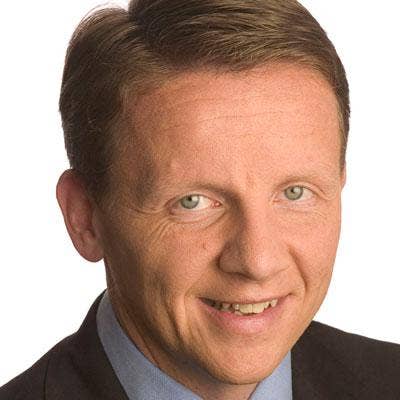
8. Jeremy Burton
Dell Technologies announced in March that Jeremy Burton was stepping down from his position as chief marketing officer, a role that was taken over by 10-year Dell marketing veteran Allison Dew.
In his role as the public face for Dell, Burton spearheaded the company's global marketing structure and strategy, managed the company's enterprise marketing and played a key role in corporate development, including leading merger and acquisition and venture capital investment activities.
Burton spent four years as executive vice president and chief marketing officer at EMC in 2010 before he transitioned to become president of EMC's products and marketing business. Prior to then, he was CEO of Serena Software, where he focused on security and data management at Symantec and Veritas.
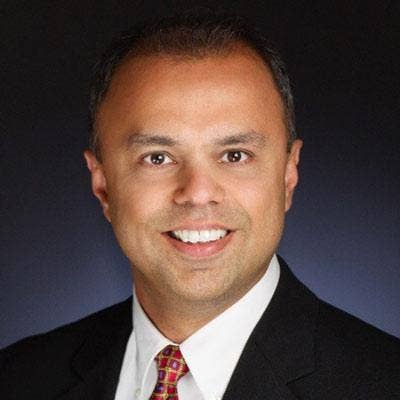
7. Amit Ganesh
Google appointed Amit Ganesh, one of the driving forces behind Oracle's efforts to become a major player in the public cloud, as vice president of engineering in June.
Ganesh had been at Oracle for more than two decades, starting his career at the Redwood Shores, Calif.-based software giant as a database engineer soon after receiving his Master's degree from Stanford University.
In recent years, Ganesh oversaw Oracle's engineering efforts, from strategy to operational execution, for a portfolio of vital cloud services.
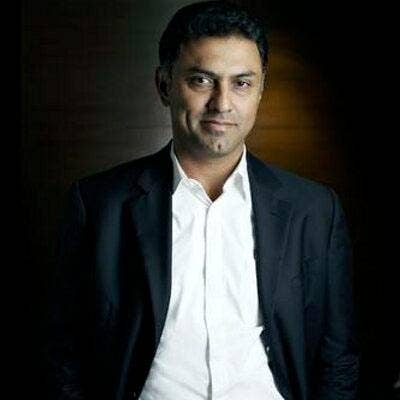
6. Nikesh Arora
Palo Alto Networks tapped Google veteran Nikesh Arora in June as the company's new CEO and chairman.
Arora is replacing longtime CEO Mark McLaughlin, who is moving into the role of vice chairman of the Santa Clara, Calif.-based company's board of directors.
Most recently, Arora was chief operating officer of Tokyo-based SoftBank Group. Prior to that, he spent nearly a decade at Mountain View, Calif.-based Google, working his way up from vice president of European operations to chief business officer for his final three and a half years at the company. Before joining Google, Arora spent more than four years as chief marketing officer of T-Mobile.
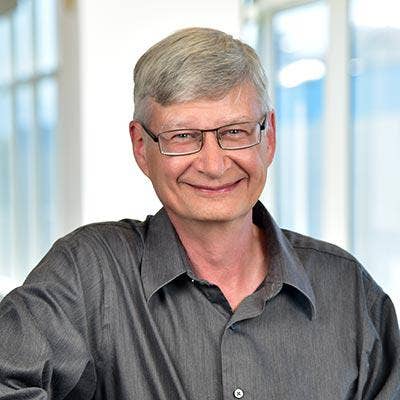
5. Michael Mayberry
Intel promoted Mayberry from corporate vice president to senior vice president and CTO. Mayberry, who has been with the chip giant since 1984, fills the CTO position for the first time since Justin Rattner left the company in 2013. The move comes as Intel amps up its focus on security – a push that includes the formation of an internal security group that will be led by Leslie Culbertson.
Mayberry has held leadership positions with Intel's Technology and Manufacturing Group, its Components Research division and Intel Labs. He also holds a Ph.D. in Physical Chemistry from the University of California Berkeley.
4. Diane Bryant
Diane Bryant stepped down as Google Cloud's chief operating officer in early July after serving in the position for less than a year.
Bryant, a longtime Intel executive, has been seen as a potential candidate for Intel's CEO job, which opened in late June following the sudden resignation of Brian Krzanich.
The executive joined Google in November 2017. An Intel veteran, Bryant spent 25 years at the company serving in various roles such as corporate vice president, CIO, and general manager of the company's data center division. Bryant took temporary leave from Intel in May 2017, citing "family matters," but then joined Google instead of returning to Intel.
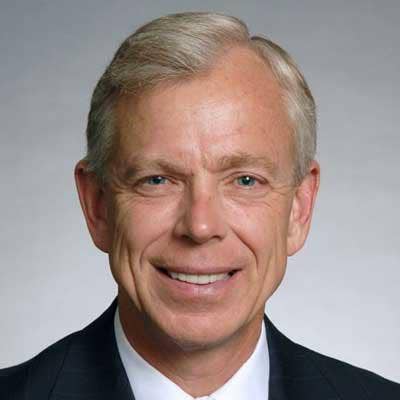
3. Lowell McAdam
Lowell McAdam, Verizon's CEO, announced in June that he will retire at the end of the year and be succeeded by CTO Hans Vestberg.
Vestberg, Verizon's executive vice president, president of global networks, and CTO of one year, previously served as CEO of Swedish telecommunications equipment and service provider Ericsson.
McAdam, Verizon's CEO since 2011, will serve as executive chairman of the board and then continue as non-executive chairman. Vestberg is taking over as CEO Aug. 1.
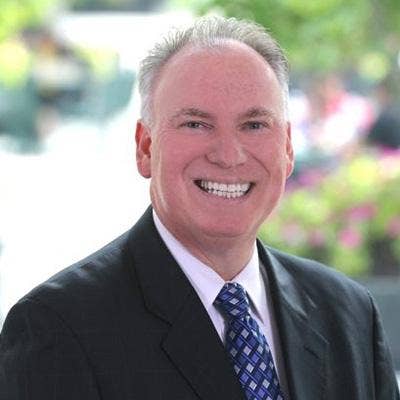
2. Jeff Jacobson
Jacobson resigned as CEO of Xerox and from his board seat in May as the company announced it was backing out of a deal to sell a controlling stake to Fujifilm.
The resignation, accompanied by five other board members stepping down, came after the Rochester, N.Y.-based company's proposed deal with Fujifilm fell through and after legal challenges from activist investors Carl Icahn and Darwin Deason, who had been fighting the proposed buyout and lambasting Jacobson's management since January.
Jacobson became CEO in January 2017 after serving in executive roles with the company since 2012. He was succeeded by John Visentin, a senior consultant to Icahn Enterprises and channel veteran who served as chairman of Presidio from 2015 to 2017.
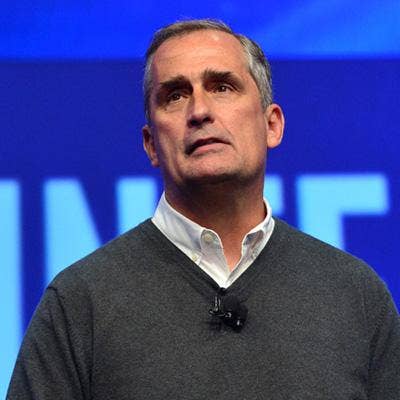
1. Brian Krzanich
Intel CEO Krzanich resigned in late June after the company learned of a prior consensual relationship the chief executive had with an employee, a violation of Intel's non-fraternization policy.
Krzanich was replaced by Chief Financial Officer Robert Swan, who became interim CEO. Swan joined Intel as CFO in October 2016 after previously holding that position with eBay Inc. and Electronic Systems Corp. Swan started his career at General Electric.
The Santa Clara, Calif.-based company has begun a search for a permanent successor, which will include consideration for both external and internal candidates. Krzanich joined Intel as an engineer in 1982 and became chief operating officer in January 2012 before being named Intel's sixth CEO in May 2013, succeeding Paul Otellini, who had served in the role since 2005 and died last fall.